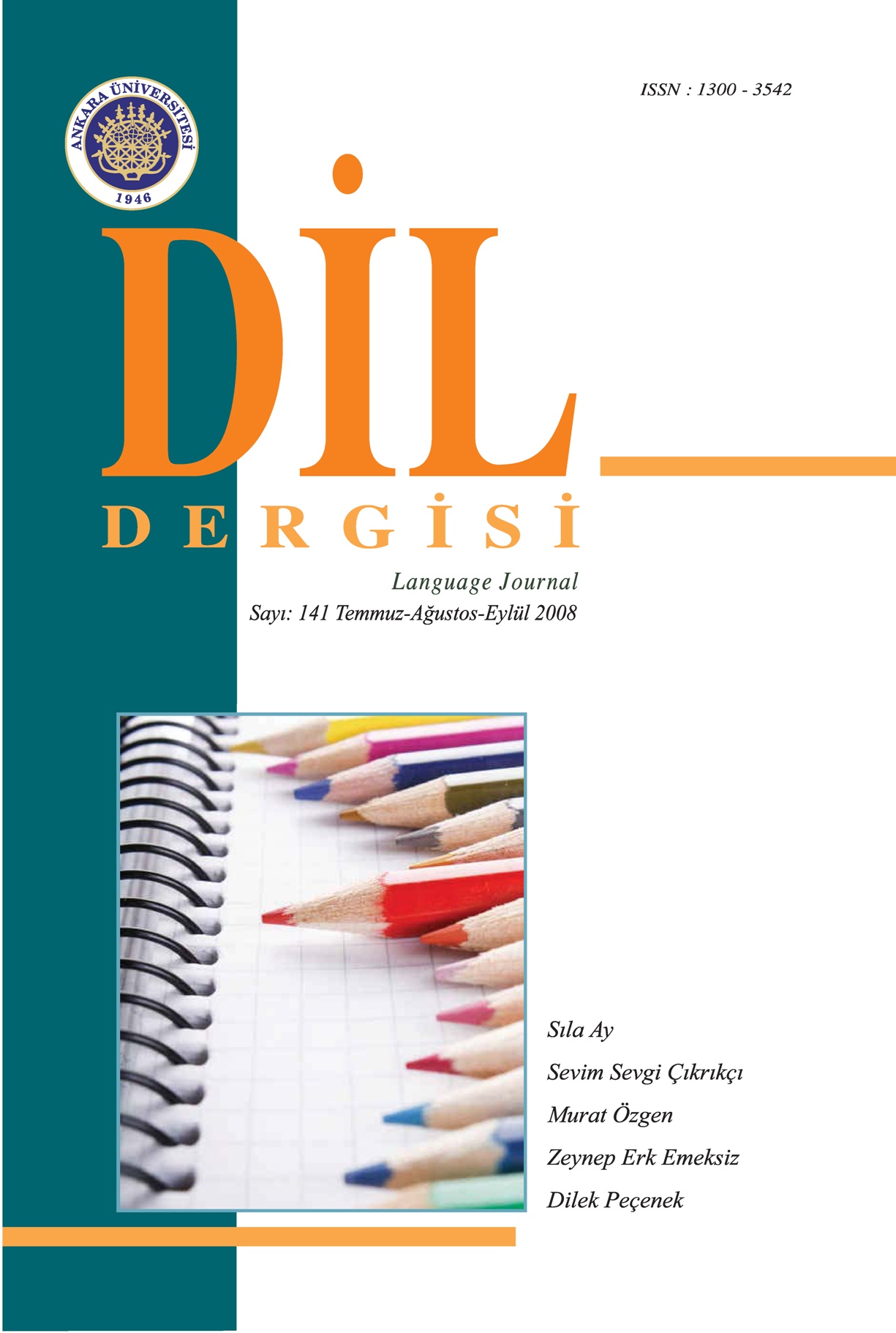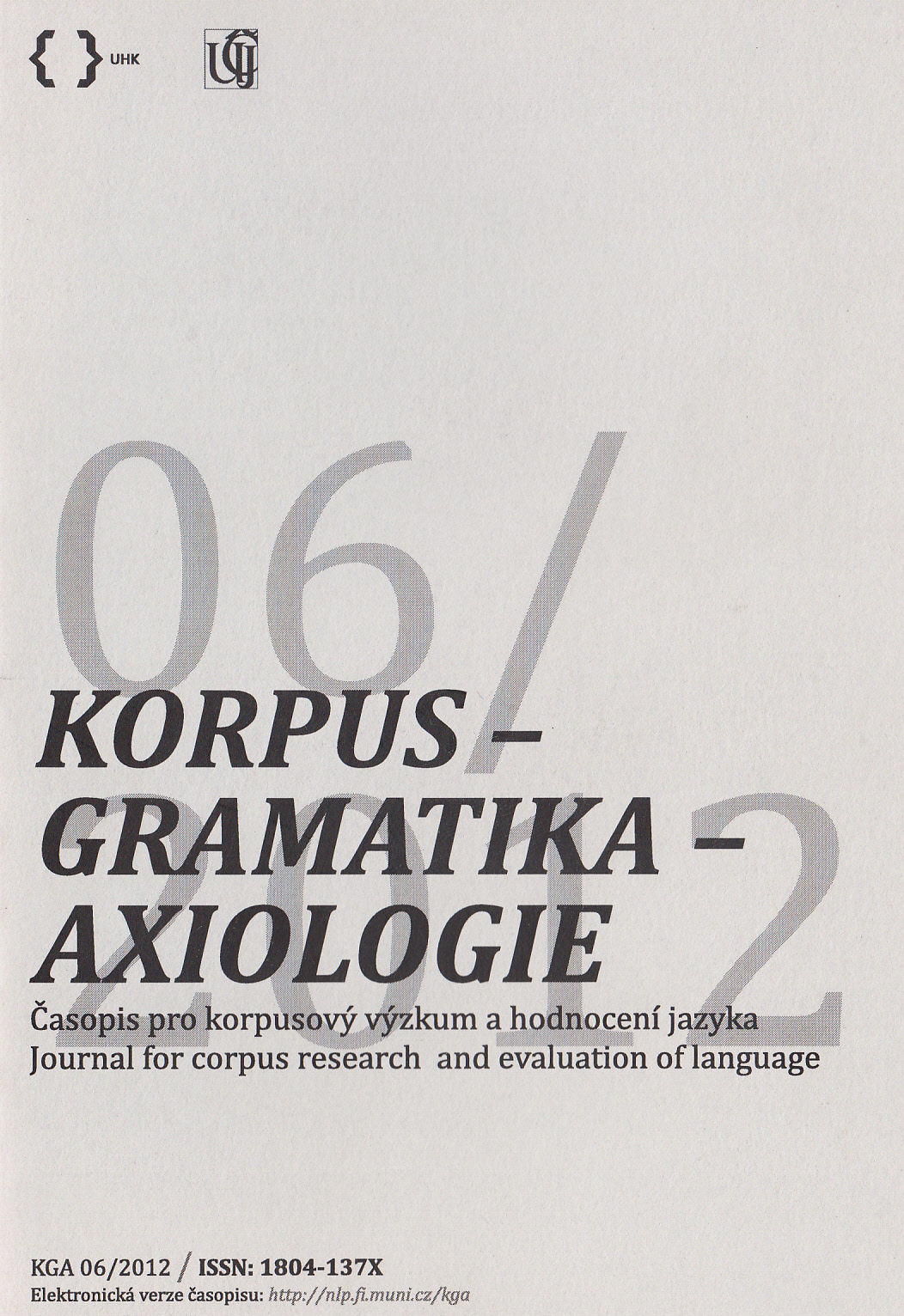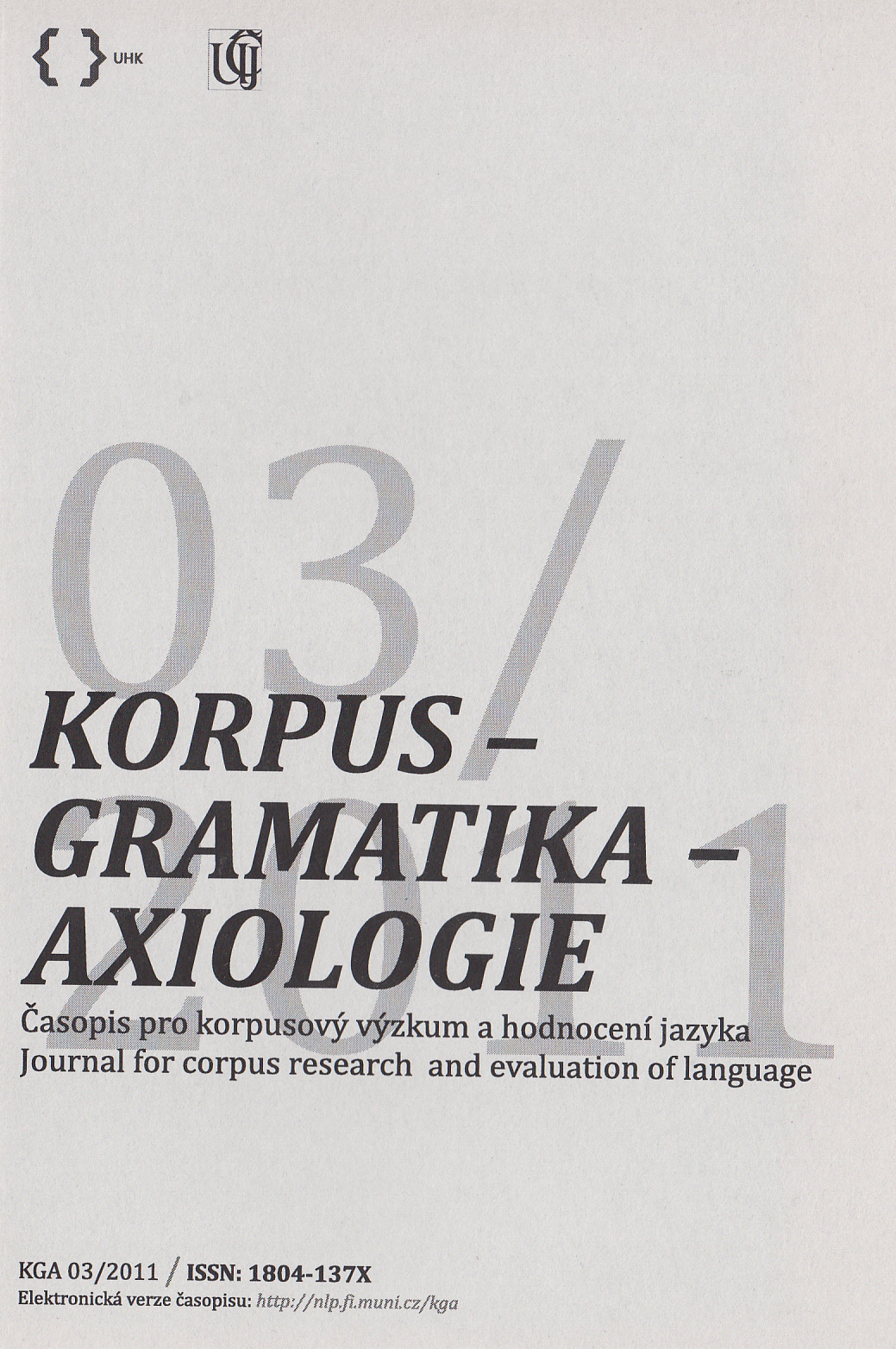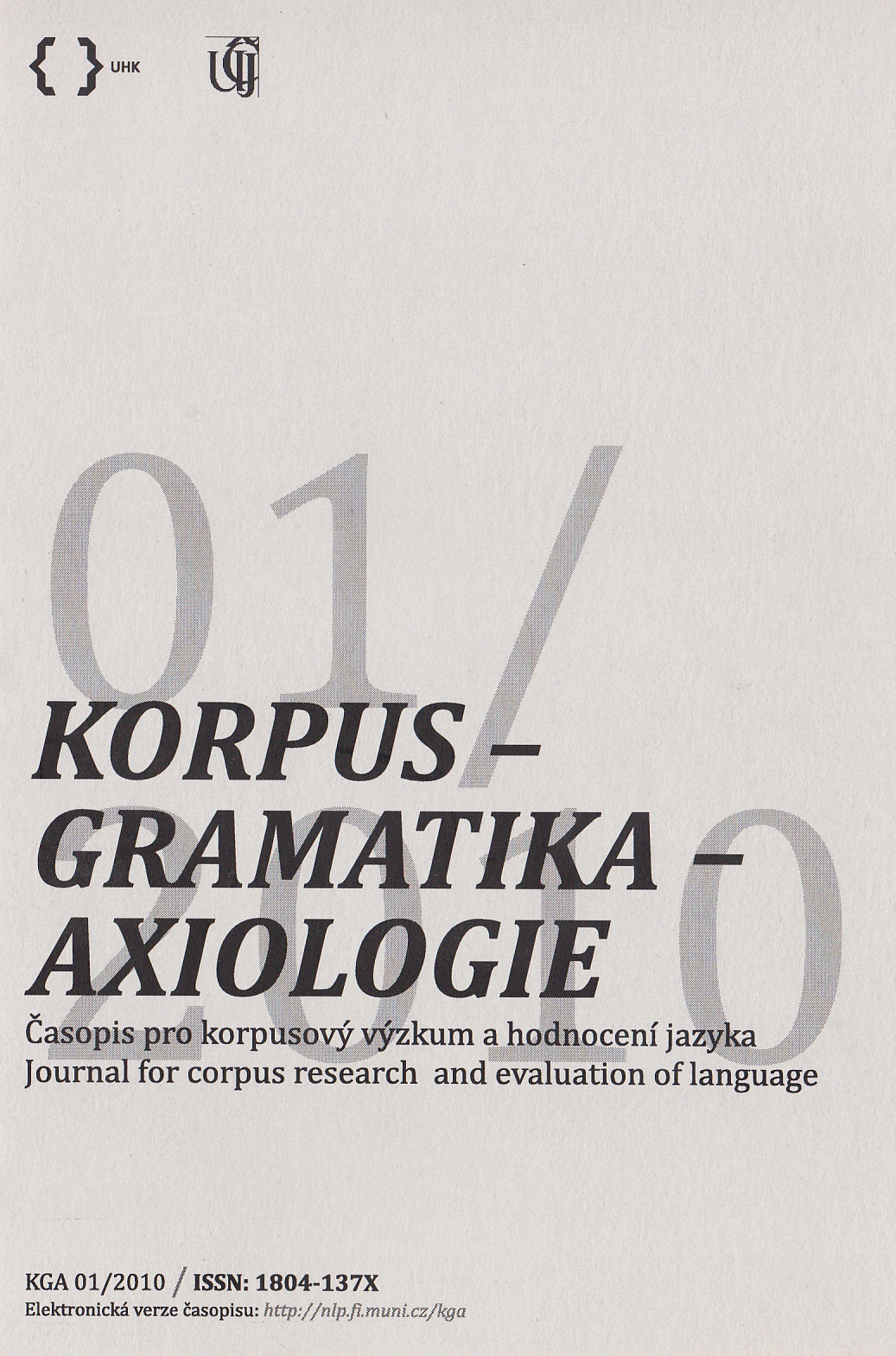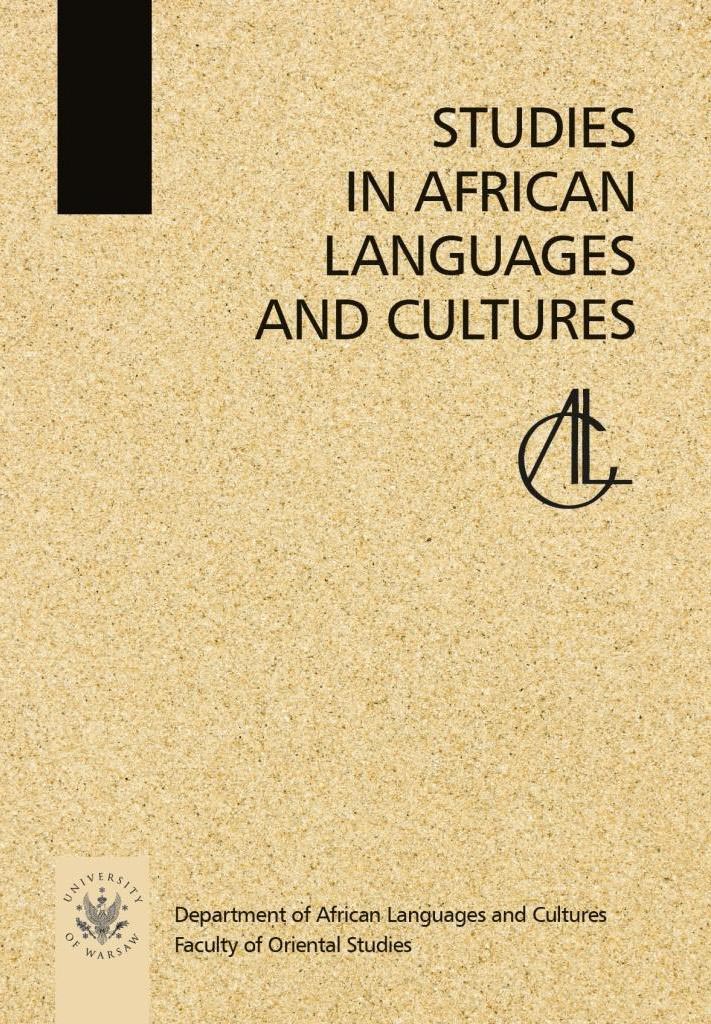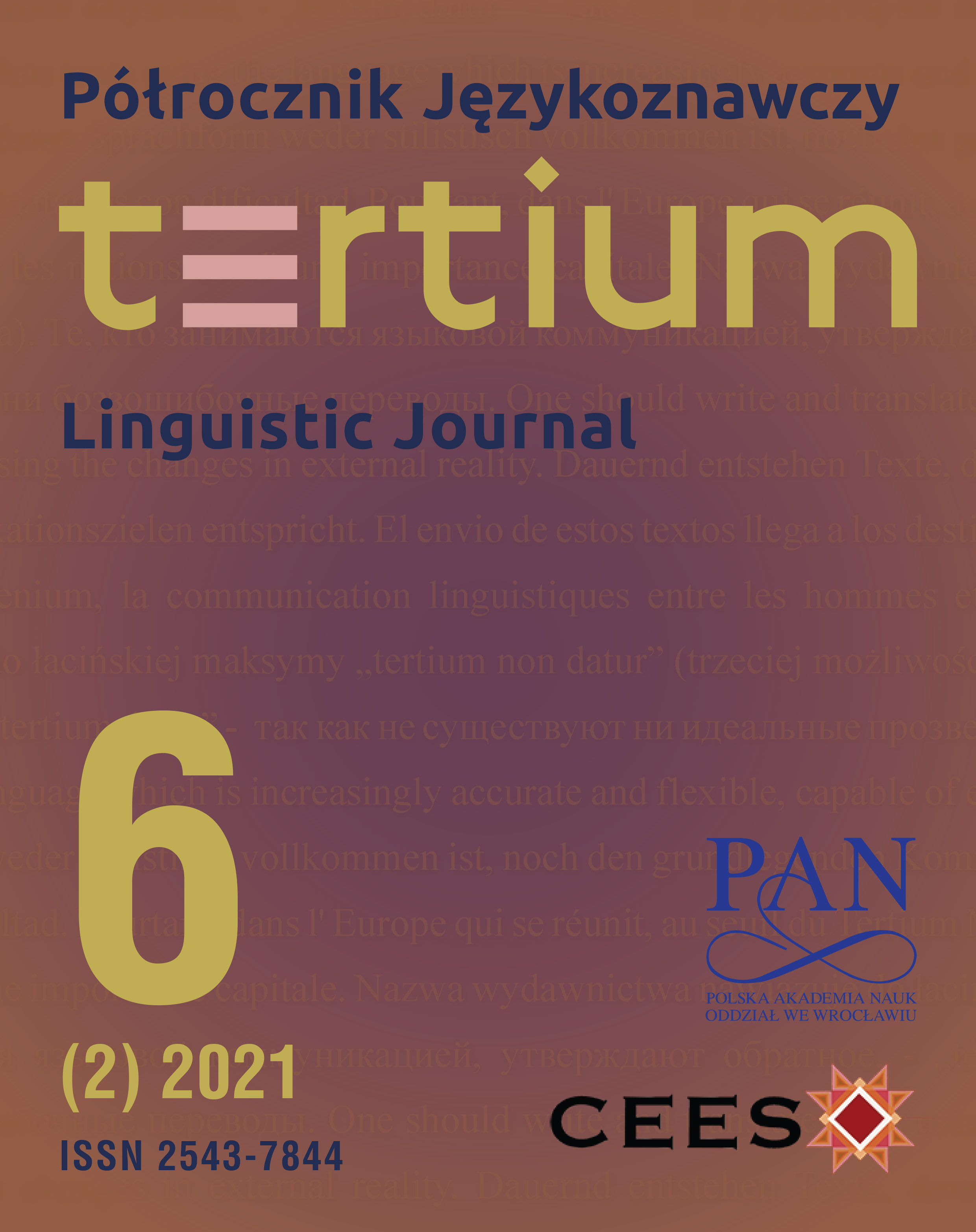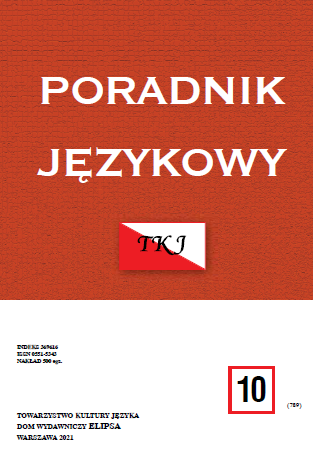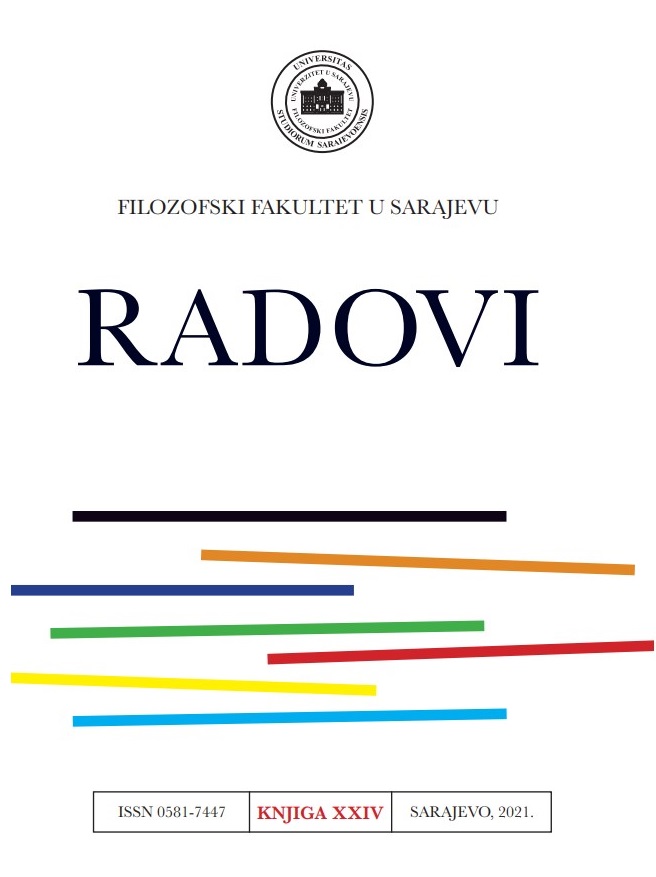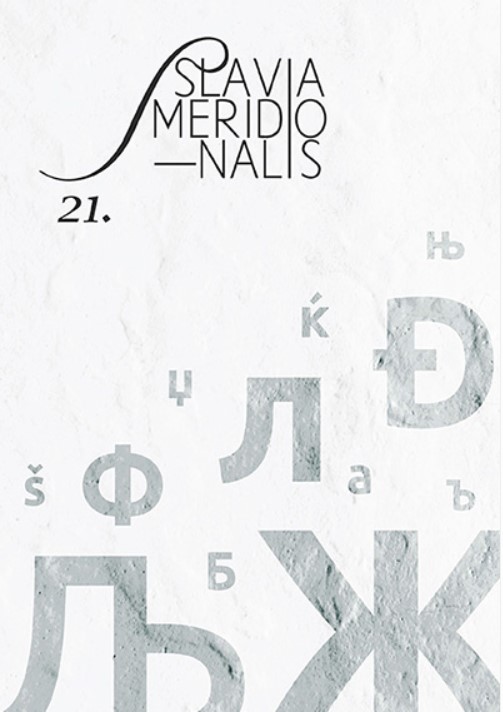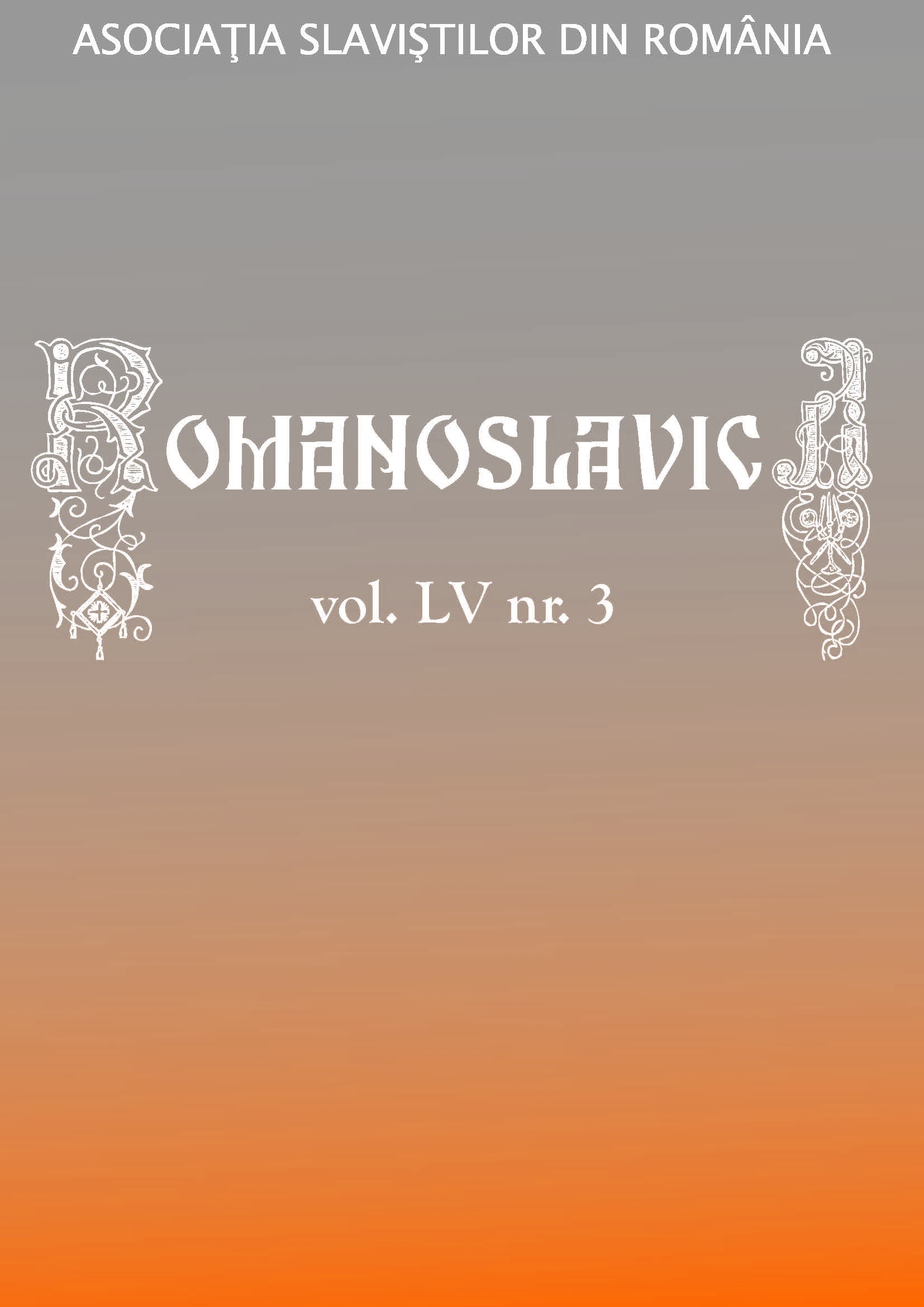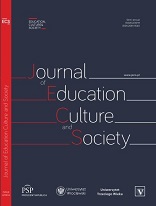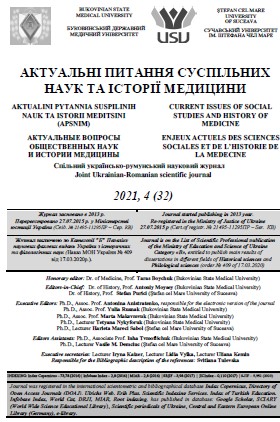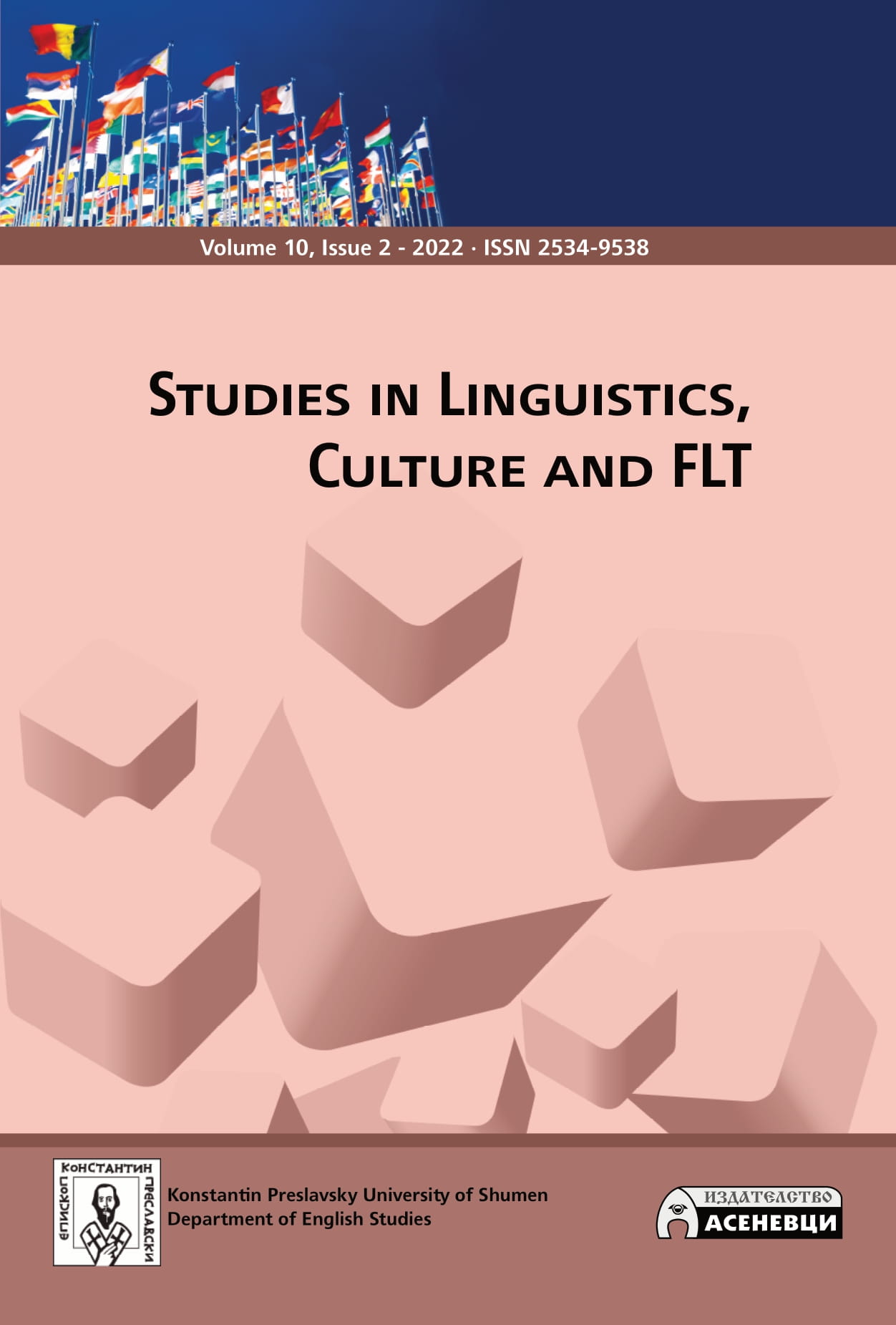КОНЦЕПТУАЛЬНО-ПРАГМАТИЧЕСКИЙ АСПЕКТ РЕАЛИЗАЦИИ ДИСКУРСА СОСЕДСТВА В МАТЕРИАЛАХ РИЖСКОЙ ГАЗЕТЫ «СЕГОДНЯ» НАЧАЛА ХХ ВЕКА
The article examines the conceptual-pragmatic aspect of the realization of the discourse of neighbourhood in the Riga’s city newspaper Segodnya (Today) from 1923 to 1925. The main representatives of the discourse are the utterances containing the word/concept “neighbour”. The analysis revealed that the word/concept “neighbour” in the communicative space of the newspaper demonstrates the dynamics of the meanings that can be explained by a variety of linguistic and extra-linguistic phenomena. The conceptual dominants of the discourse of the neighbourhood are defined by the following factors: the specifics of a particular event, the manner of introduction of the role behaviour of participants, the distribution of the communicative roles. The choice by a speaker of a particular pragmatic type of “wrapping” of an event in the process of organization of the utterances containing the unit of “neighbour” is subjected to the goals of the creation of the effect of greater reliability as well as strengthening the level of information significance for a potential addressee. The inclusion of the addressee into the eventful space of the discourse is one of the forms of attraction of attention from the side of the speaker towards the socially significant phenomena.
More...
